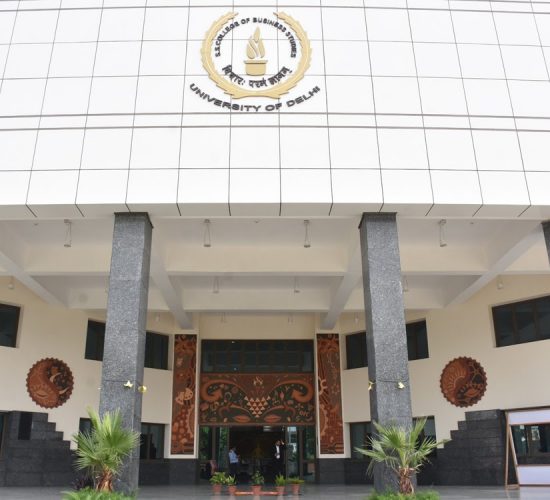Grade "A+" Accredited by NAAC with a CGPA of 3.46
This course introduces R, which is a popular statistical programming language. The course covers data reading and its manipulation using R, which is widely used for data analysis internationally. The course also covers different control structures and design of user-defined functions. Loading, installing and building packages are covered.
At the end of the course, students should be able to:
Unit 1
Introduction: R interpreter, Introduction to major R data structures like vectors, matrices, arrays, list and data frames, Control Structures, vectorized if and multiple selection, functions.
Unit 2
Installing, loading and using packages: Read/write data from/in files, extracting data from web-sites, Clean data, Transform data by sorting, adding/removing new/existing columns, centring, scaling and normalizing the data values, converting types of values, using string in-built functions, Statistical analysis of data for summarizing and understanding data, Visualizing data using scatter plot, line plot, bar chart, histogram and box plot.
Unit 3
Designing GUI: Building interactive application and connecting it with database.
Unit 4
Building Packages.
Cotton, R., Learning R: a step by step function guide to data analysis. 1st edition. O’reilly Media Inc
Gardener, M.(2017). Beginning R: The statistical programming language, WILEY
Lawrence, M., & Verzani, J. (2016). Programming Graphical User Interfaces in R. CRC press. (ebook)
https://jrnold.github.io/r4ds-exercise-solutions/index.html
https://www.r-project.org/
https://cran.r-project.org/
Use of ICT tools in conjunction with traditional class room teaching methods
Interactive sessions
Class discussions
Written tests, assignments, quizzes, presentations as announced by the instructor in the class
R data structures, flow control, packages, functions.
Disclaimer: Details on this page are subject to change as per University of Delhi guidelines. For latest update in this regard please refer to the University of Delhi website here.
| Cookie | Duration | Description |
|---|---|---|
| cookielawinfo-checkbox-analytics | 11 months | This cookie is set by GDPR Cookie Consent plugin. The cookie is used to store the user consent for the cookies in the category "Analytics". |
| cookielawinfo-checkbox-functional | 11 months | The cookie is set by GDPR cookie consent to record the user consent for the cookies in the category "Functional". |
| cookielawinfo-checkbox-necessary | 11 months | This cookie is set by GDPR Cookie Consent plugin. The cookies is used to store the user consent for the cookies in the category "Necessary". |
| cookielawinfo-checkbox-others | 11 months | This cookie is set by GDPR Cookie Consent plugin. The cookie is used to store the user consent for the cookies in the category "Other. |
| cookielawinfo-checkbox-performance | 11 months | This cookie is set by GDPR Cookie Consent plugin. The cookie is used to store the user consent for the cookies in the category "Performance". |
| viewed_cookie_policy | 11 months | The cookie is set by the GDPR Cookie Consent plugin and is used to store whether or not user has consented to the use of cookies. It does not store any personal data. |

